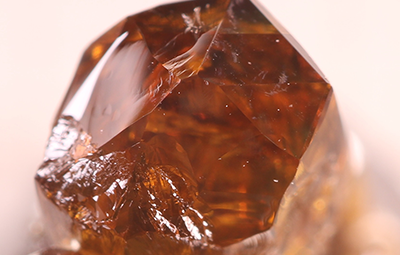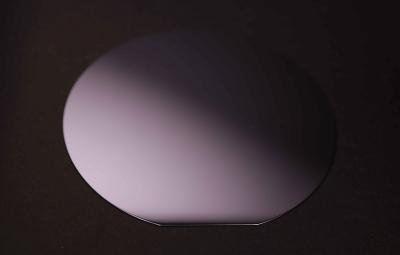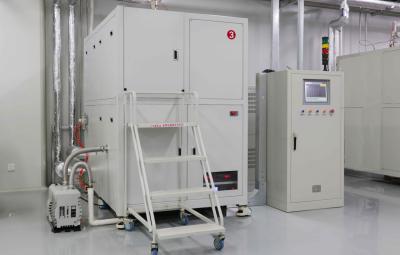


New Fighter and Aerospace
The high-power optoelectric devices of the aircraft include lasers, LCD backlights, HUD/HMD light sources, and other aspects. For those composed of multi-converter and multi-processor computer networks, the multi-converter is equipped with a large number of DA/AC, AC/DC, AC/AC and other power conversion modules, which need to be supported by devices developed from new materials. The ultra-wide band-gap, high electron drift velocity and dielectric constant of AlN are all more conducive to the development of new fighters and aerospace vehicles. The advantages of high-temperature resistance, high frequency, and high power make AlN devices more conducive to use in extreme environments.
High-speed Rail
The high power insulated gate bipolar transistor (IGBT) made of AlN is the core device for energy conversion and transmission, commonly known as the "CPU" of power electronic devices. As a national strategic emerging industry, it is widely used in rail transit, smart grid, aerospace, electric automobiles, new energy equipment, and other fields. A large number of IGBTs are needed in the high-speed rail control system, such as motor control system, vehicle-mounted air conditioning control system and charging system.
Radar
As an important national defense technology, radar cannot be manufactured without microwave and millimeter-wave devices. AlN has been widely used in microwave and millimeter-wave devices. For example, use of the AlN buffer layer can increase the electron mobility of GaN/Si devices by 1~3 times compared with the use of the SiC or sapphire buffer layer; the AlN nucleating layer is an important step for epitaxial growth of Ⅲ-N materials on the Si substrate; the thin AlN barrier layer can effectively solve the problem of two-dimensional electron gas (2DEG) density decrease of GaN devices caused by barrier decrease; the breakdown voltage of AlxGa1-xN (x > 0.5)/AlN with high Al component is 3 times that of GaN, the thermal conductivity is 6 times that of sapphire and 1~2 times that of GaN, and it is an ideal channel layer material; compared with the sapphire or SiC substrate, the AlN substrate can reduce the dislocation density of GaN devices from 108 cm-2 to 105 cm-2; growth of AlGaN thin films with high Al component on the AlN substrate provides lower dislocation density and self-compensation characteristics, thus exhibiting extremely high peak conductivity, carrier concentration and mobility, and AlN will become an important substrate material to replace sapphire or SiC. Therefore, it can be applied in important fields such as national defense radar, fighters and aircraft carrier.
Photodetector
An extensive study is carried out of the potential applications of ultraviolet detectors based on wide band-gap semiconductor materials in ultraviolet astronomy, ultraviolet detection, ultraviolet communication, biochemical analysis, flame detection, and other fields. The back-to-back type p-Gr/AlN/p-GaN photodetector realized by using high crystallinity multi-step epitaxial growth technology uses AlN as the vacuum ultraviolet absorption layer of the light generation carrier and p-type graphene (transmittance greater than 96%) as the transparent electrode to collect exciting holes. The new vacuum ultraviolet photovoltaic detection heterojunction detector realized has achieved ideal photoresponsivity, high external quantum efficiency and extremely fast temperature response speed (80 ns), which is 104~106 times higher than that of traditional photoconductive devices. This new technology provides a foundation for the realization of ideal zero power consumption integrated ultraviolet photovoltaic detectors.


























